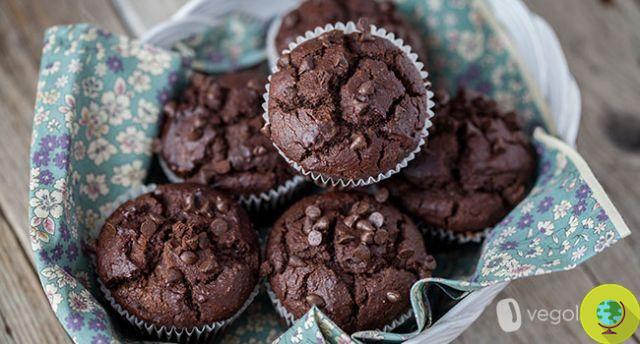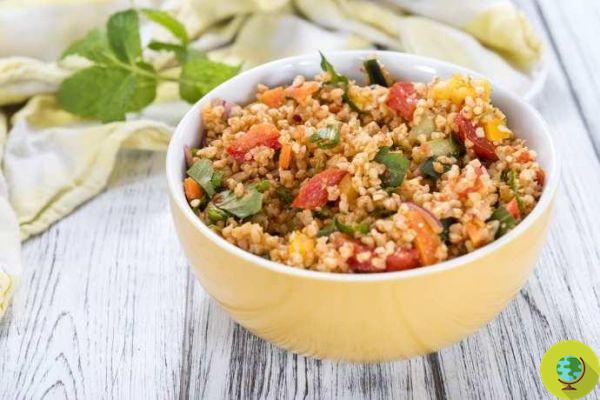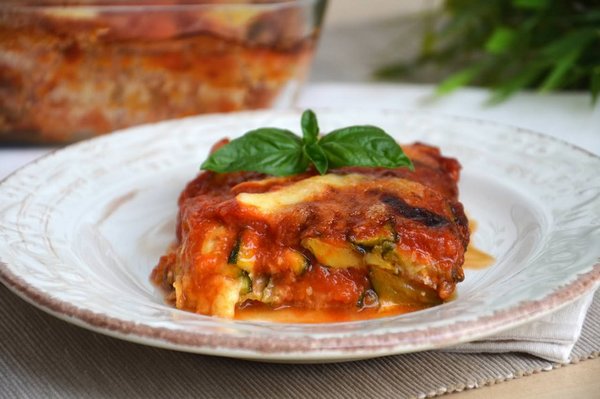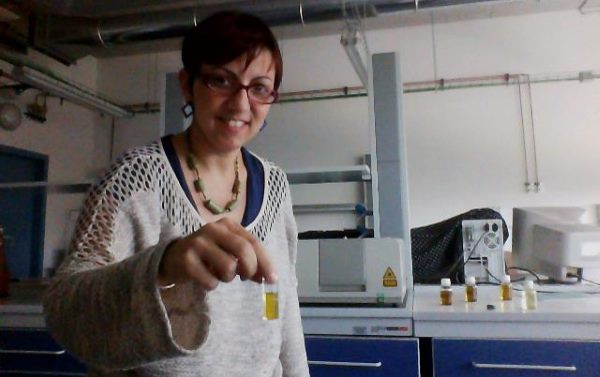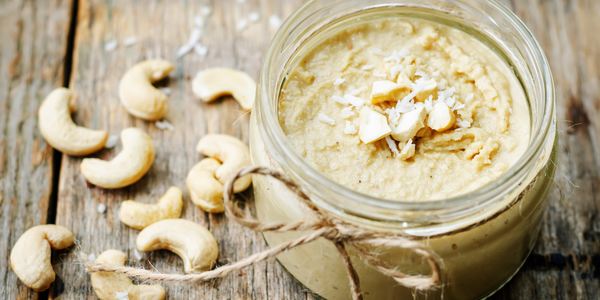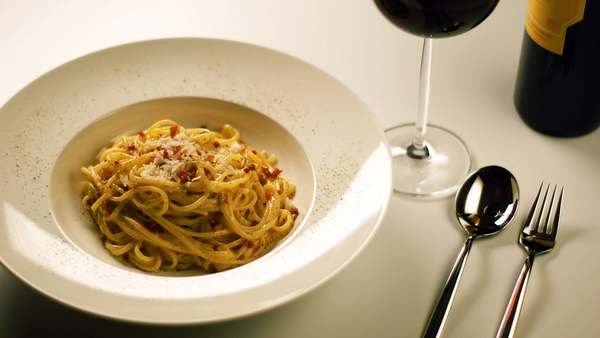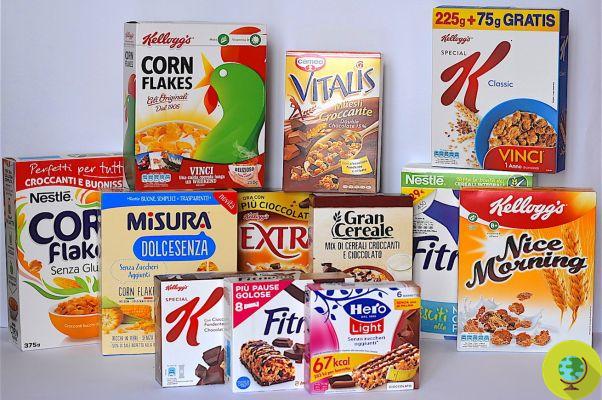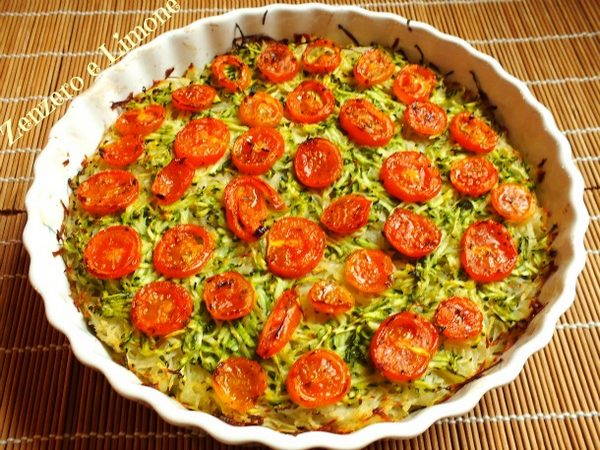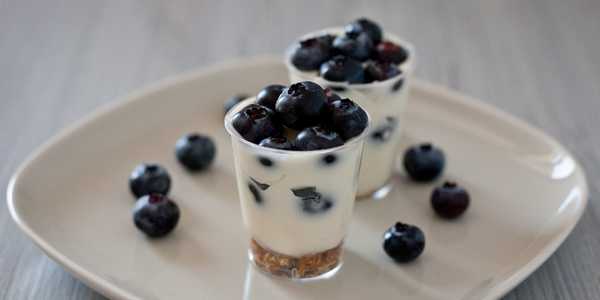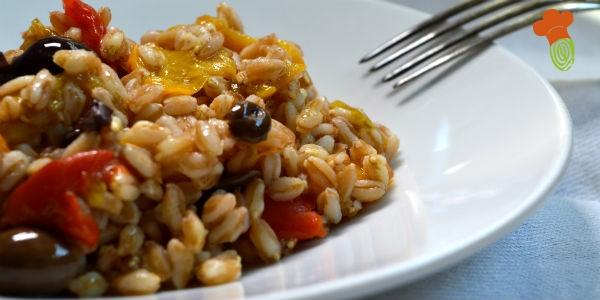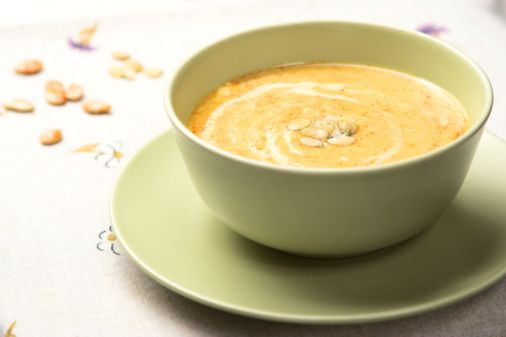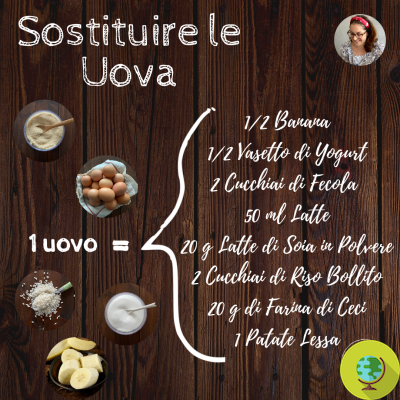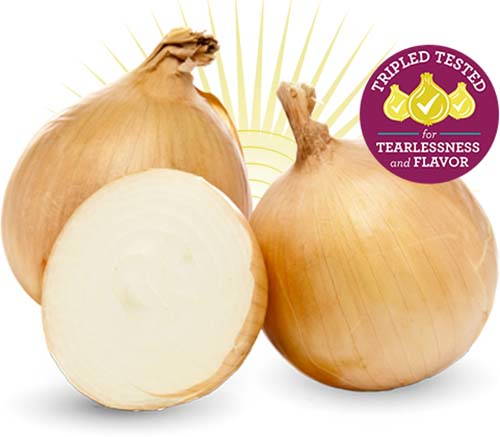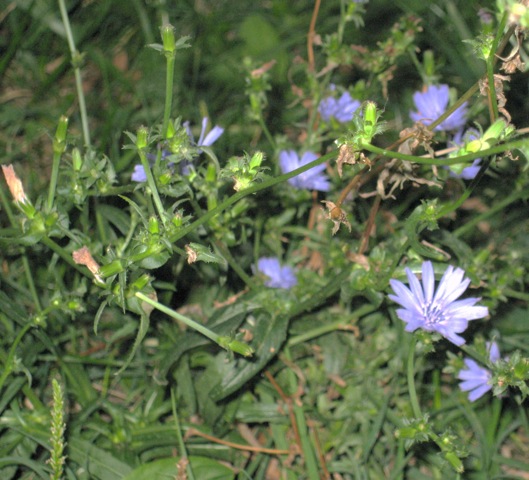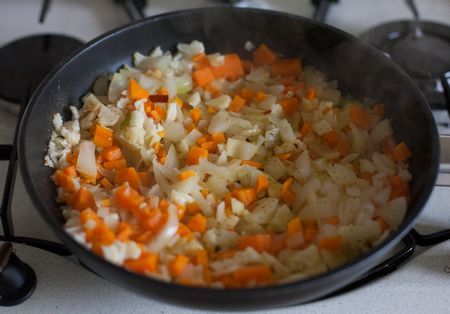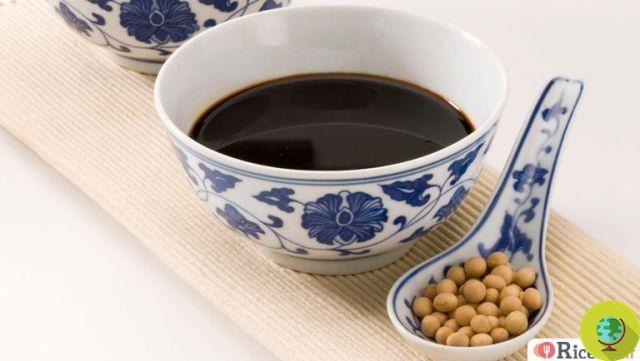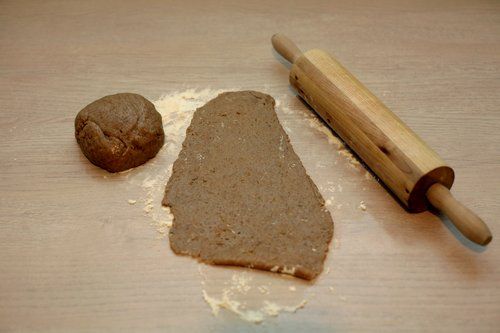Bulgur - also called bulgour or bulghur - is a very high fiber food. It is also known as broken wheat. It is obtained from wheat grains that are steamed, dried and then ground.
Don't store avocado like this: it's dangerousIl bulghur - also called bulgour or bulghur - is a very high fiber food. It is also known as broken grain. It is obtained from wheat grains (wheat) which are steamed, dried and then ground.
In appearance, bulgur may recall couscous but bulgur grains are larger. The cous cous it is prepared with durum wheat semolina while for bulgur the wheat grain is used - usually of durum wheat - which is then broken.
Let's find out properties, benefits and nutritional values of bulgur, how to cook it and in which recipes to use it best in the kitchen.
Read also: BULGUR: AN ANCIENT FOOD RICH IN FIBERS FROM THE EAST
Index
Bulgur, properties and benefits
Bulgur has the advantage of being a whole food and to result therefore rich in fiber, an element considered beneficial to keep the intestine regular and to promote its proper functioning.
Being a food made from wheat, bulgur contains gluten and therefore it is not suitable for those suffering from celiac disease and for those who in general cannot take gluten even for a period of time.
As for the vitamin content, bulgur is above all a source of Vitamin A. It is also a source of mineral salts among which we find:
- Soccer
- Iron
- Magnesium
- Sodium
- Potassium
Bulgur is a food of plant origin and therefore it does not contain cholesterol, which is present only in foods of animal origin.
Given its fiber content, bulgur can be useful for:
- Keep your cholesterol levels under control
- Promote the elimination of toxins
- Improve bowel regularity
- Help lower blood glucose levels
- Preventing Extra Pounds
- Help lose weight
Being a whole grains, we can match the bulgur ai vegetable - for example with chickpeas, beans, lentils - in our dishes to help the body obtain from food the amino acids necessary to form complete proteins between legumes and cereals.
Il potassium, present in bulgur, is a mineral that promotes the proper functioning of the heart, strengthens bones and muscles. Bulgur is also rich in iron. The absorption of iron of vegetable origin is favored by the intake of foods rich in vitamin C.
Let's summarize the properties and benefits of bulgur:
- Bulgur is high in fiber
- Source of iron and potassium
- It has anti-inflammatory properties
- Reduces the risk of type 2 diabetes
- It is a whole grain cereal
- It is a good source of mineral salts
- Helps to lose weight
- Helps prevent obesity, diabetes and metabolic syndrome
- Bulgur as a whole grain helps prevent asthma in children
Bulgur, calorie
Bulgur is an average calorie food given that 100 grams of product provide our body with approximately 342 calories.
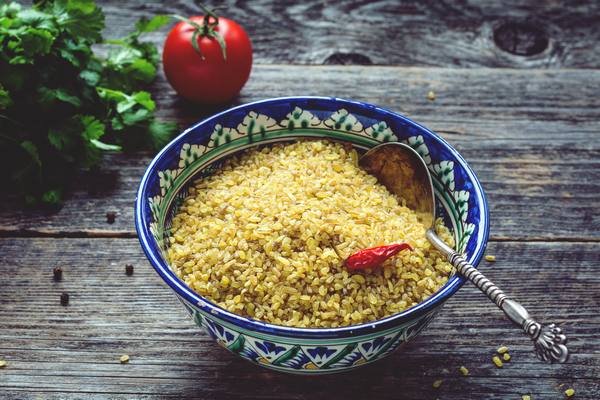
Bulgur, nutritional values
The following nutritional values correspond to 100 grams of bulgur. Let's find out precisely what are the nutritional elements that bulgur or broken wheat brings to our body and in what quantities.
- 1,3 g fat
- Saturated fatty acids 0,2 g
- Polyunsaturated fatty acids 0,5 g
- Monounsaturated fatty acids 0,2 g
- Cholesterol 0 mg
- G carbohydrates 76
- Dietary fiber 18 g
- Sugar 0,4 g
- 12 g protein
- Vitamin A 9 IU
- Vitamin C 0 mg
- Vitamin D 0 IU
- Vitamin B6 0,3 mg
- Vitamin B12 0 μg
- Calcium 35 mg
- Iron 2,5 mg
- Magnesium 164 mg
- Sodium 17 mg
- Potassium 410 mg
Bulgur, usi
Bulgur is used in the kitchen for the preparation of first courses or single dishes but also, after cooking it, as a filling for vegetables, for example for peppers, aubergines or zucchini to be cooked in the oven.
You can use bulgur in all recipes where you usually opt for couscous to vary in the kitchen with ingredients and flavors.
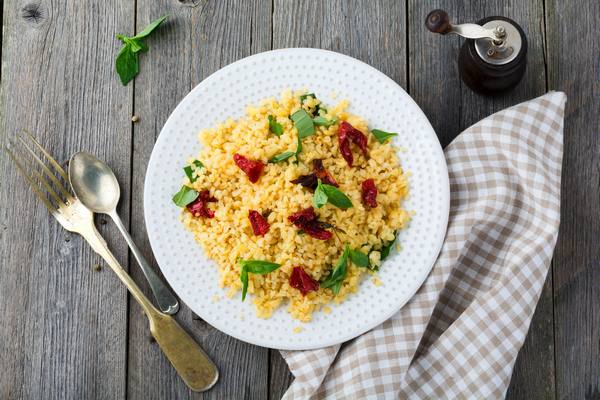
How to use bulgur? Here you are some examples.
- To prepare a hot first course
- To prepare a cold salad with legumes and vegetables
- To create a filling for the vegetables to be cooked in the oven
- As an ingredient to cook in the tagine
- As an ingredient for appetizers
- In addition to soups, as an 'alternative' cereal
- To prepare some traditional Middle Eastern sweets
- As a substitute for pasta or couscous in your usual recipes
Bulgur, how to cook it
The preparation of bulgur is similar to that of couscous. The bulgur cooks easily in a few minutes after covering it with very hot water.
- To prepare bulgur, simply pour it into a saucepan - without lighting the stove flame - and cover it with boiling water (double the amount of bulgur).
- You will have wait 20-30 minutes before tasting and so that all the water is absorbed. Then you can use it for numerous recipes to be proposed as a first course or single dish based on the condiments you choose.
- Alternatively you can cook the bulgur for about 10 minutes in salted water, as you would do with pasta, and then drain it.
Bulgur, recipes
There are so many recipes that we can prepare with bulgur. We simply have to use our imagination to best match a 'new' ingredient in the kitchen to the flavors we are used to or simply to prepare always different dishes to vary our menu.
Here are a few recipes to prepare with bulgur from which you can take inspiration.
Read also: BULGUR: 10 VEG RECIPES FOR ALL TASTES
- Cold salad of bulgur, tomatoes and grilled courgettes
- Bulgur with saffron
- Bulgur with stewed chickpeas
- Eggplant stuffed with bulgur
- Bulgur all greenery
- Bulgur salad with chickpeas and avocado
- Bulgur with beans and vegetables
- Pumpkin stuffed with bulgur
- Zucchini stuffed with bulgur
- Tomatoes stuffed with bulgur
- Bulgur meatballs
- Bulgur with sautéed vegetables
Bulgur, where to find it
You can find bulgur in organic or ethnic food stores, herbalist's shops, on the internet and in some supermarkets.
Marta Albè





